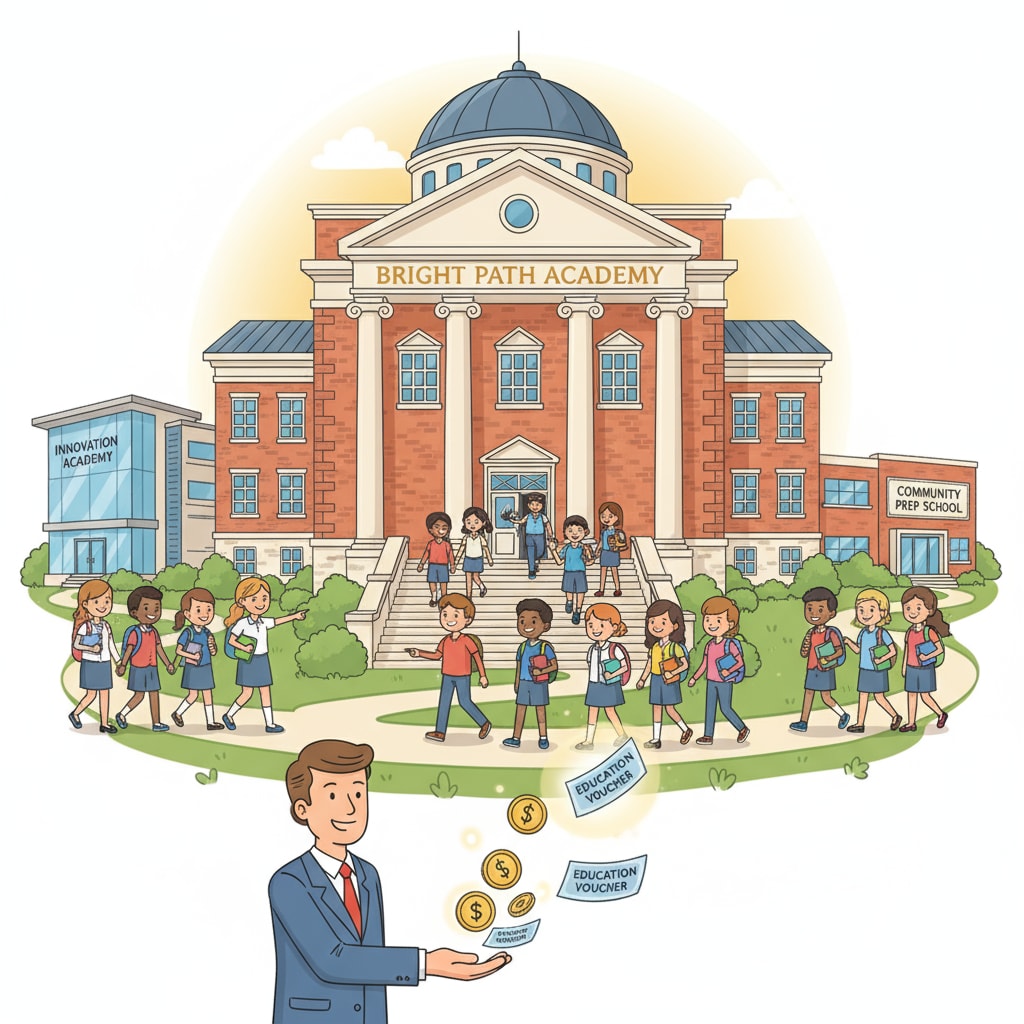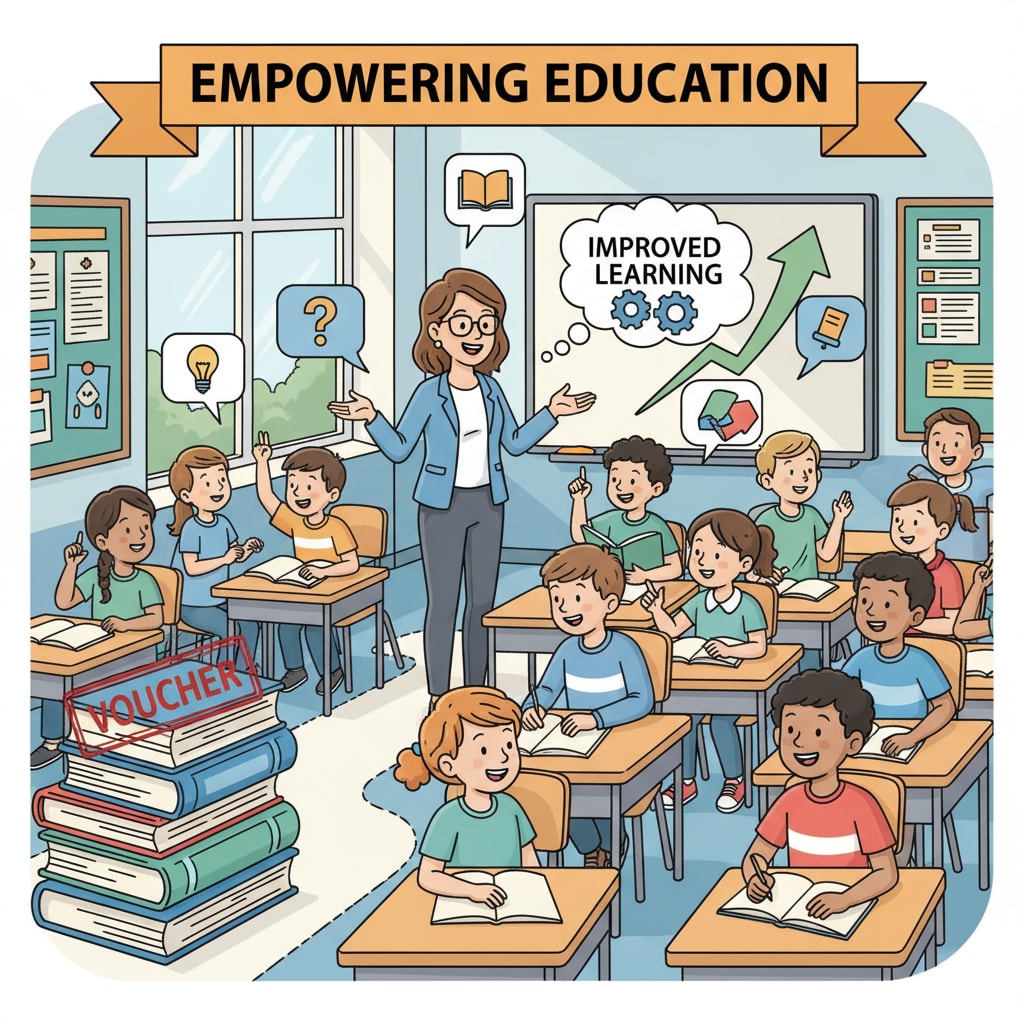The school vouchers policy, a significant aspect of education policy, has long been at the center of a heated debate regarding its implications for public school funding. This policy has divided opinions, with some hailing it as a revolutionary step towards enhancing educational choice and quality, while others express grave concerns about its potential to undermine public school resources and exacerbate educational inequality.

The Proponents’ View: A Catalyst for Educational Improvement
Supporters of the school vouchers policy argue that it serves as a powerful mechanism to promote educational choice. They believe that by providing parents with vouchers that can be used to pay for tuition at private schools, students are given the opportunity to access a wider range of educational options. For example, students from low-income families may be able to attend schools with better facilities and more specialized programs that were previously out of their reach. This, in turn, is expected to drive competition among schools, compelling both public and private institutions to improve their educational offerings to attract students. School Vouchers on EdChoice

The Opponents’ Concerns: Threat to Public School Sustainability
On the other hand, opponents of the school vouchers policy are deeply worried about its detrimental effects on public school funding. When students transfer from public schools to private ones using vouchers, the public schools lose the corresponding funding that is tied to each student. As a result, public schools may face budget shortages, which could lead to cuts in essential programs, reduced staff, and deteriorating facilities. This not only affects the quality of education for the remaining students but also exacerbates educational inequality, as public schools often serve a more diverse and disadvantaged student population. Opposing School Vouchers on NEA
In conclusion, the school vouchers policy remains a highly divisive issue within the realm of education policy. While it holds the promise of expanding educational opportunities, its potential to disrupt public school funding cannot be ignored. Striking the right balance between promoting educational choice and safeguarding the integrity of public education is crucial for the future of K12 education in the United States. Readability guidance: The article uses short paragraphs to clearly present different viewpoints. Each H2 section provides a distinct perspective, and transition words like “on the other hand” are used to smoothly shift between arguments. External links are included to offer additional information for readers interested in further exploration.


